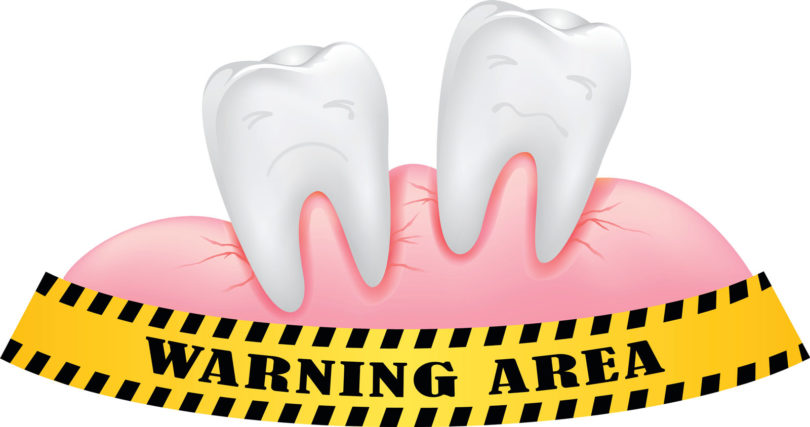The phrase “long in the tooth” is an idiom for someone who is old. It originates from the fact that horses’ teeth continue to grow as they age, but it has been applied to humans, based on the fact that a person’s gums will generally recede over time, making the teeth appear longer.
According to the Journal of the American Dental Association, 88 percent of people in the United States above age 64 have one or more teeth with receding gums. In addition, 50 percent of people aged 18 to 64 have gum tissue recession.
“Left untreated, receding gums not only look unsightly, they can create severe tooth sensitivity because the roots of the teeth become exposed, allowing bacteria to penetrate the teeth and to enter the nerves,” says Dr. Lisa Marie Samaha, a nationally recognized leader in comprehensive, cosmetic, periodontal and reconstructive dental surgery. “Gum recession can even lead to more painful corrective procedures such as root canal surgery, and it is evidence of bone loss. Eventually, teeth may become loose and can fall out.”
In the past, the procedure to treat gum tissue recession required cutting a significant piece of skin from the roof of the patient’s mouth and grafting it in place with stitches. Because
the procedure is so invasive, it can only be done on a few teeth at one time, it is very painful and requires an extended recovery time.
Fortunately, there is a new procedure call the Chao Pinhole® Surgical Technique—created by Dr. John Chao—that can correct years of gum recession on numerous teeth at once, with no cutting, sutures or grafting, and can be performed with minimal discomfort. An entire arch or full mouth can even be done in one sitting – a dramatic advantage over having numerous surgeries, one after another.
The technique involves the use of intricately designed instruments that loosen the gum tissue so it can gently glide over the receded part of the tooth. Collagen is then used to hold the tissue in its new position so it can re-anchor. The aesthetic results are instantaneous and recovery time is minimal. In fact, people who have the procedure done in the morning are capable of enjoying pain-free chewing by dinnertime.
“The best part of the technique is that the effects are predictable, comfortable and long-lasting,” says Dr. Samaha, who is one of the first 100 dentists in the world licensed to perform the technique. “With proper care and regular dental checkups, patients who have had the procedure are able to maintain healthy gums for years.”







